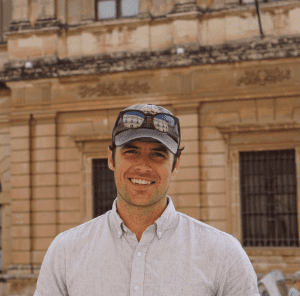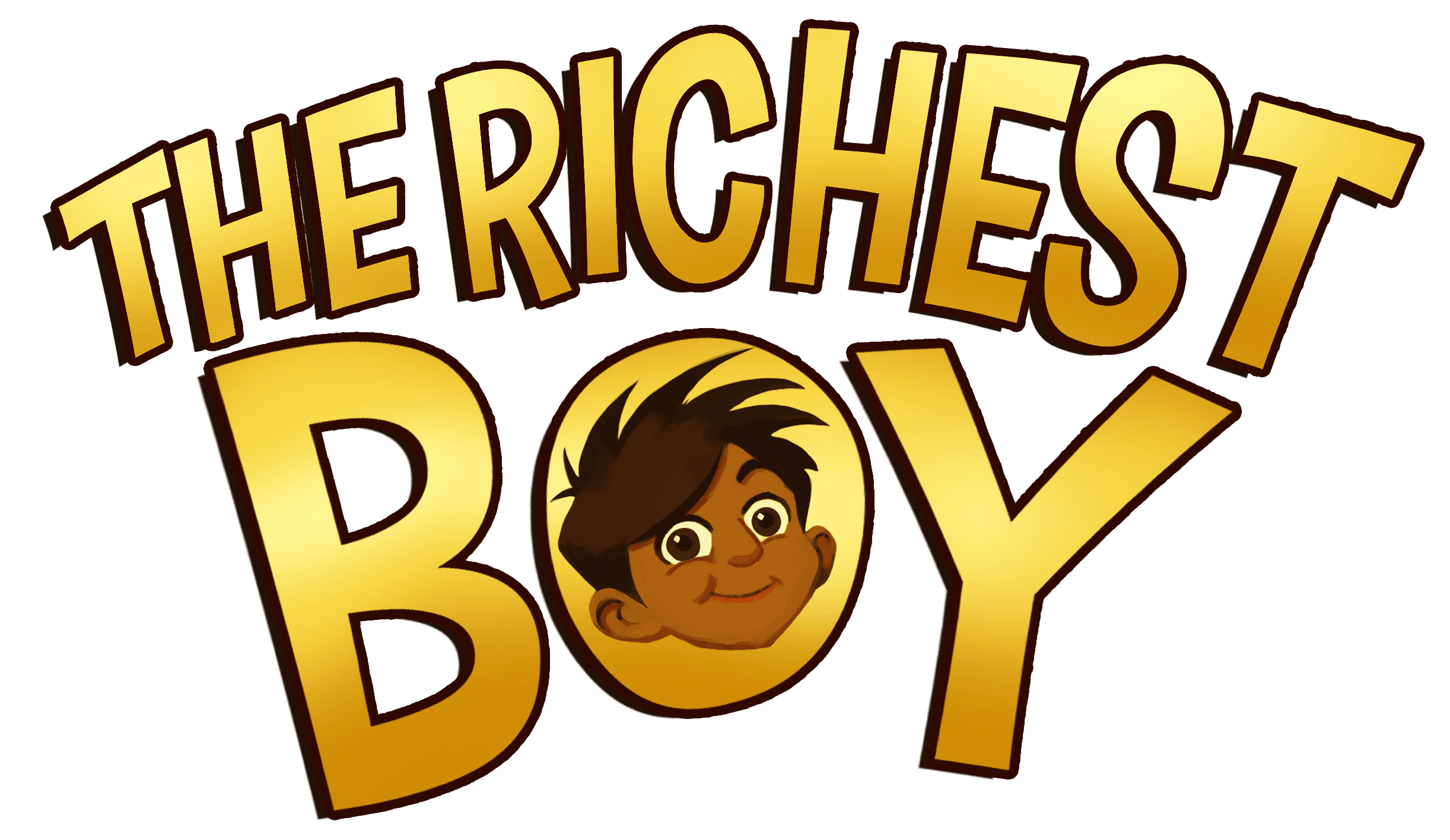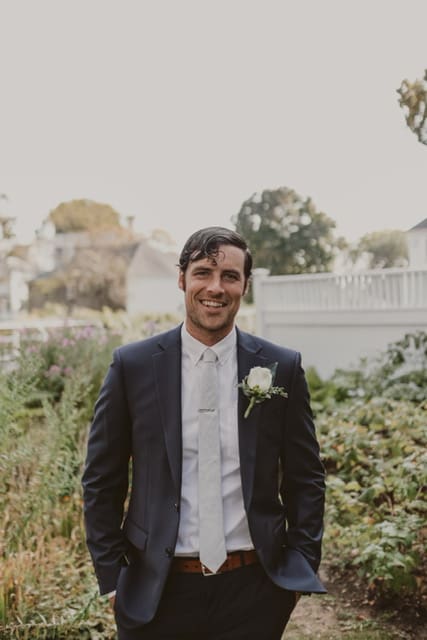When I got out of graduate school—where I studied American Politics and Political Theory—and decided I neither wanted to go into law nor become a professor, I decided to change course and start a career in what had been my next favorite area of study: personal finance. I started working with a large Mutual company in the insurance and investment space. Right out of the gate the timing couldn’t have been worse.
It was 2009, a year after the Great Recession, no recovery in sight, baby faced and fresh out of college, I had some strong head winds to deal with. Combine this with a lack of confidence in myself—and rightly so, who was I to tell a couple in their 50’s what to do with their retirement accounts—and less than ideal habits; large pay checks would not be my norm. I made enough to get by. Nothing more. The silver lining was that I learned a ton in the process.
Fast forward a couple years, after quitting my financial practice to chase a girl halfway across the country, a failed medical device start-up, a failed relationship, and moving back home to search for a new job, cash was hard to come by. I was sailing through my mid 20’s and I had little to show for it. More than that, in order to fund my life during these failed ventures, I had been liquidating my hard-earned investment portfolio that I had saved through childhood, and even cashed in a whole life policy my parents had taken out for me when I was born (instead of taking a policy loan, which would have been the wiser move). I lived life on a shoestring budget, concerned that the next car issue, or unexpected expense would ruin me. I saved nothing, burned through what savings and investment I had, and generally had a pretty awful mid-20’s.
I was back home searching for jobs and had a few good potential prospects, from medical device sales, internal wholesaling for an investment company, and others, all with great potential and good initial incomes, WAY more than I had been making. But instead, I decided to make much less and go work with a family friend in wholesale sales in the outdoor industry—due mostly to the seemingly “fun” lifestyle. I was making $36k per year to start, which was enough for me to get by on and even save a little. For a year or two, I was saving. But something would always happen, and I’d have to use my savings for an unexpected expense, or a tax bill, given I was 1099. I just couldn’t seem to get ahead.
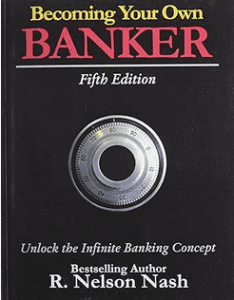 At some point around this time, I stumbled on a book called ‘Becoming your own banker’ by Nelson Nash, and it set a light bulb off and changed my trajectory. It explained how you could use properly designed whole life insurance to build a better and more efficient system for all your credit and capital needs and could be done on almost any budget.
At some point around this time, I stumbled on a book called ‘Becoming your own banker’ by Nelson Nash, and it set a light bulb off and changed my trajectory. It explained how you could use properly designed whole life insurance to build a better and more efficient system for all your credit and capital needs and could be done on almost any budget.
After I kicked myself for liquidating the policy my parents started for me, I remembered that I had a couple small policies I had started as a financial advisor and realized they had begun accumulating, a quite small, pool of savings. I had essentially been forced to save, even during my leanest times, and luckily, I had never canceled the policies despite my hardships. It wasn’t enough to make much of a difference, but I realized the power and benefit of the vehicle—even just in the forced savings—and immediately called up my old managing director and bought another policy (neither of these policies were properly designed for high cash value, as I would do today, but I was still happy to have had them).
My income was increasing each of the first few years, but not enough to really feel like I was getting ahead, despite this, I began taking out a new whole life policy every year. My goal, at first, was simply to take the money I would need to pay taxes with and buy a policy that could hold this income. This way I could capture the future compound growth of these dollars for the rest of my life, but then also use said savings to pay my taxes at the end of the year, ensuring I had the cash available. Refill and do it all again.
This was all I used this system for during the first two or three years, in addition, I was putting cash into a “high yield” savings account where it earned maybe .4% interest (.4% was supposedly “high yield”, for more than a decade!). Given the nature of my business, and selling winter heavy brands, my cash flow was all over the place. I could make $1,000 one month, and $10,000 another. I remember hitting $20,000 saved in my high yield account for the first time ever and feeling some sort of pride, as well as relief, only to have that shrink back down below $10,000 after some poor cash flow months.
It would take me a few more years, and a couple re-readings of Nelson Nash’s book before I really started to understand the power of his Infinite Banking Concept. The cash I had been putting in my savings account—that I kept accruing and then spending down—would never help me get ahead given that I kept interrupting the compound growth (not to mention the pathetic return). Instead of storing my cash there, I should have been storing it in a properly designed whole life policy, and using policy loans against the cash value when I ran into cash flow problems.
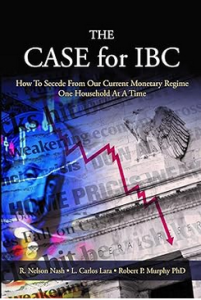 Finally, circa beginning of 2018, I began to fully put in place Nelson Nash’s IBC concept. I opened three new policies that year as my income started to increase significantly, and I could support a MUCH larger system.
Finally, circa beginning of 2018, I began to fully put in place Nelson Nash’s IBC concept. I opened three new policies that year as my income started to increase significantly, and I could support a MUCH larger system.
This larger system became a much more efficient place to save. As I had my lean spring and summer months, I could take policy loans to cover my business and personal expenses, and yet my cash value continued to grow as if I had never touched it. The fact that the cash value wasn’t tied to a market, and couldn’t decrease in value, ensured that I needn’t worry about capital loss.
In fall and winter, I could repay the outstanding loans as well as add more cash to the policy via ‘paid-up-additions’ (PUA’s), which bought me more death benefit and increased my cash value immediately while increasing the future cash value growth.
In addition to my day job, I started my own outdoor brand, partially using my cash value to get it off the ground in 2018. I was seeing great early success and hit over six figures in sales my first full year in business and it was growing quickly.
I continued to fund my policies, grow my sales business and my own brand. Then 2020 happened.
Suddenly, the government shut down most of my customers and barred them from doing business. Not surprisingly, almost all of them canceled their orders and my income dried up to almost nothing. In addition, my supply chain for my outdoor brand broke. Production ceased in China, shipping was drastically delayed and was over 400% more expensive than it had been just months earlier. My sales dropped to nothing and my margins became negative. To this day it hasn’t recovered.
Old me would have been screwed. But luckily, I had built up a large enough savings at this point in my life insurance policies that I was able to leverage them to get through the worst of my cash flow hell. On top of my own supply chain issues with my brand, for the next year and a half I had limited inventory to sell to my regular customers in the outdoor industry, so my cash flow issues, while they did improve, never saw the explosion that much of the retail industry saw (due to most of my brand’s inability to build and ship enough inventory in a timely manner, as I was also experiencing in my own personal brand).
But despite all of this, due to my system I had built over the previous 5 years or so, and really over the previous two years, I was not only able to manage my cash flow situation, but I was also able to get into various other investments and business ventures that I certainly would not have otherwise been able to.
From purchasing a large old 18th century farmhouse short term rental with a couple of friends, to starting a property management company, and even starting Richest Boy Productions, among other investment opportunities, I was able to use the capital I had built up to purchase these assets and make these business decisions. I was now back on track and seeing positive growth.
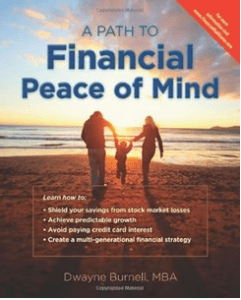 Then my biggest setback occurred. I got a call from the largest brand I represented, and they told me they were going “in-house” and hiring someone as an employee to replace me (I am a contractor on 100% commission). $100,000+ in income vanished, and not just for 6 months, like during covid government lock downs, but permanently.
Then my biggest setback occurred. I got a call from the largest brand I represented, and they told me they were going “in-house” and hiring someone as an employee to replace me (I am a contractor on 100% commission). $100,000+ in income vanished, and not just for 6 months, like during covid government lock downs, but permanently.
Once again, I had to rely on my IBC system I had built, and once again, I am incredibly fortunate I had it. Even with that system though, a 40-50% drop in revenue forced me to make some tough decisions, among them I had to let my full-time assistant go. Luckily, at least, I was still able to provide for my family, get by, and continue to make my payments into my IBC system, as I had learned to always ‘pay myself first’.
A couple years later and my sales business had never quite fully rebounded to where it once was (though I was still doing quite well), but I had created other income streams from assets I had bought along the way that more than made up for my losses. Some of which turned into nice windfalls, and others that have potentially significant windfalls down the road. And those windfalls now have a place to go before they are deployed into purchasing new assets.
While my system would have been significantly larger had I not had to deal with these major disruptions in income, or even my bad habits and bad choices in my mid-20’s, I do now have a large pool of capital to support my family in rough waters, and also to use for future asset purchases and cash flow opportunities, and all the while, despite having used this capital to pay my taxes, manage business and personal cash flow, and to purchase assets, the cash value continued to grow as if I had never touched it. But not only that, if something were to ever happen to me, my wife and daughter would have the resources to live a comfortable life without my income.
There is no better financial decision that I could have made in my life than to commit myself to this non-traditional financial system. My biggest regret is simply that I didn’t go bigger and start it sooner.
“The best time to plant a tree is thirty years ago. The second-best time is today.”
